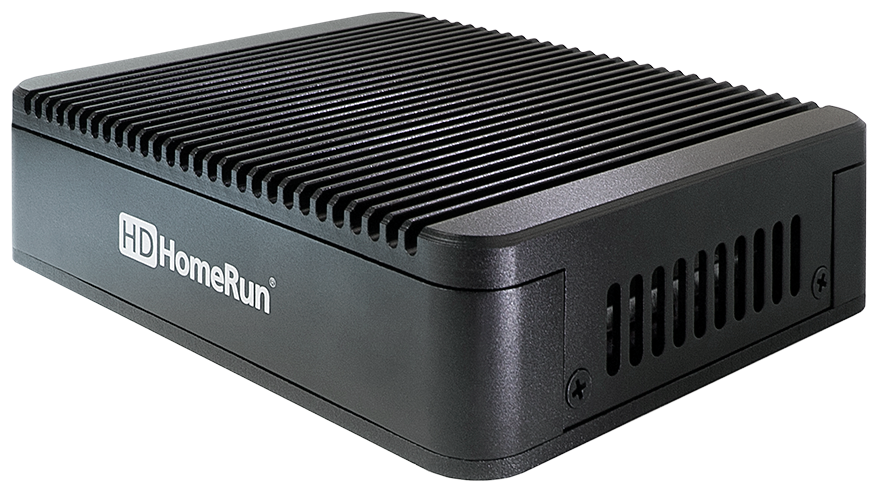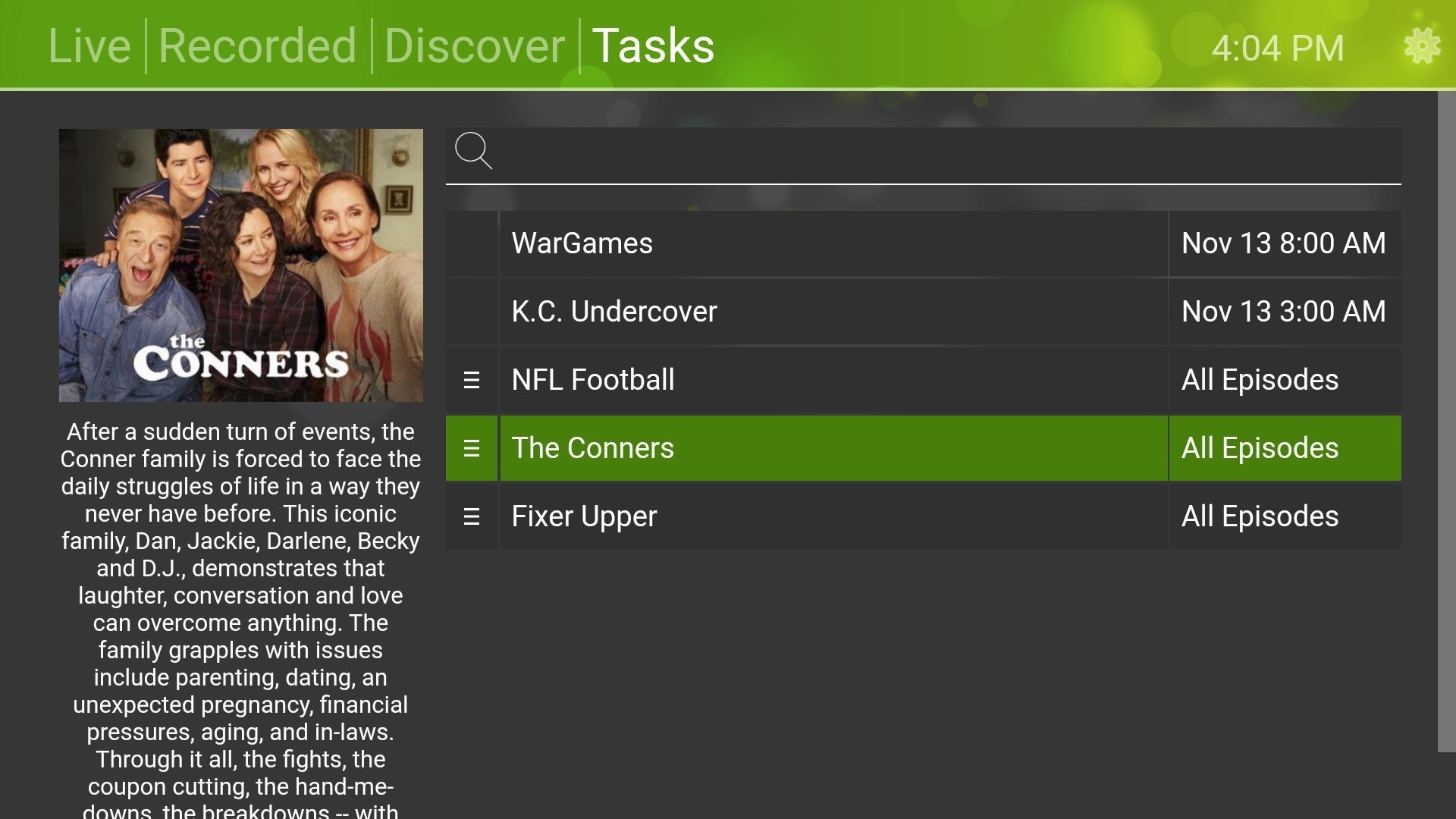

Tvheadend_url: antennas_url: tuner_count: 6 Node index.js >/dev/null 2>&1 & Run locally using NPX
In the directory where it was extracted, run node index.js (Note, Node version must be above 7).Run yarn install or npm install to install dependencies.

Clone this repo: git clone or download the source code directly from releases and extract it.Right now, due to Docker networking issues, the best way to get this working is by running it directly through node. It will come with a config/config.yml that you can edit to reflect your setup, and you can simply run antennas in the console and the server will start up and start proxying Tvheadend over to Plex! Run locally using Node Head over to the release section and download the binary for your platform. You can do this in the users section, by creating a user *: To be able to stream from Tvheadend through Plex, you need to set up an anonymous user in Tvheadend that has streaming rights. Getting it running Tvheadend Configuration This is particularly useful to connect Plex's DVR feature to Tvheadend. A JavaScript port of tvhProxy which is a program that translates the Tvheadend API to emulate a HDHomeRun API.


 0 kommentar(er)
0 kommentar(er)
